Guided Walking Tour
Pompeii site extends on a surface of approximately 160 acres. To make the best of your time, Leisure Italy offers qualified guided service. Our guided walking tour is adapted to the interests and walking attitude of the participants.
The following is a suggested itinerary for our private guided walking tour: let us know would there be any special request!
In Pompeii, you will first admire the city walls, dating back to the pre-roman Pompeii (4 centuries BC). One of the best-preserved ancient gates is called Porta Marina. It connected Pompeii with its port, with a path for charts and one for people.
Once in town, you will be walking on the original road made by basalt stone (volcanic rock), and you will notice on the ground hundreds of little white spots made of travertine used to reflect torchlight (nowadays “cat’s eye” on the driving roads).
Your attention will be captured by big blocks of basalt emerging from the road: they were stepping stones used by pedestrians to avoid getting wet when it rained; in fact, differently from other roman towns, Pompeii didn’t have a complete sewer system because the city was build on top of a lava platform too hard to be worked.
The city center is called Forum. It hosts all the buildings with a public function: Religion (the Temple of Apollo, the Capitolium and the Temple of the Emperor), Trade (the meat and fish market called Macellum, the textiles market headed by a priestess named Eumachia), Administration (the Basilica) and Politics (Comitii). Other facilities in the Forum where exchange offices, public restrooms and a public scale (tabula mensurae) where to compare and weigh farmer’s products. In the Forum, you will also see a display of the famous human casts.
Close to the Forum were public Bath-Houses where both men and women (in different sections), poor and wealthy, free persons and slaves could access daily hygiene. Pompeii had three such complexes in town plus two more right outside town, and they all had the following facilities: a changing room (apodyterium), a tepid room (tepidarium), a hot room (calidarium) and a Gym (Palestra).
You will notice several places fronting the road with large vases built in a masonry counter: this is what the Romans called popinae, today’s taverns! These jars were full of food and beverages, and many ancient Pompeians would stop in such places for lunch.
You will recognize some of the Bakeries of Pompeii, with their ovens and grinding machines: incredible but true, some round carbonized loaves of bread were found during the excavations. These are on exhibit at the Archaeological Museum of Naples, together with more carbonized organics such as almonds, pine cones, figs, dates, etc.
Your visit would be incomplete without the red light district: the Brothel (Lupanare) shows an interesting display of roman frescoes featuring several erotic images!
Do not miss the chance to discover Pompeii places for public performances: an outdoor Theatre (for comedy and tragedy), an indoor theatre (Odeion, for mimes and declamation of poetry) and a big Amphitheater (for games like gladiators or beast fights). You shall visit at least one of those places.
Pompeii is too big to be visited entirely in one day. Leisure Italy will make sure you see the highlights. The aim of our optional guided tour is to visit an example for each typology of building.
After the tour at Pompeii you could stop for a few minutes for a fresh-squeezed orange juice or to browse the souvenir shops if you wish.
The day continues with your English speaking driver-guide for a short drive to the wine-farm sitting within the boundaries of the National Park of Mt Vesuvius.
The renowned local wine is Lacryma Christi, made out of Caprettone grapes for the white wine and Piedirosso grapes for the rosé and red wine.
The Lacryma Christi is the table wine that locals usually drink during a meal.
The winery Leisure Italy has chosen is a small organic family-run estate, at its 3rd generation.
The visit will consist of a short walk in the vineyard to recognize the peculiar soil and grapes, followed by the visit to the cellar.
At the end, enjoy an authentic Neapolitan meal, served with the different types of wines locally produced: a sparkling white, the white, the rosé, the red Reserva. Finally, with the delicious “pastiera” dessert, there will be either grappa or uppercut liquor. The whole experience is fun and delicious.
Last, but not least, the place has beautiful views over the Bay of Naples.
Make your way back with your driver-guide, unless you have chosen ad additional activity for the afternoon.
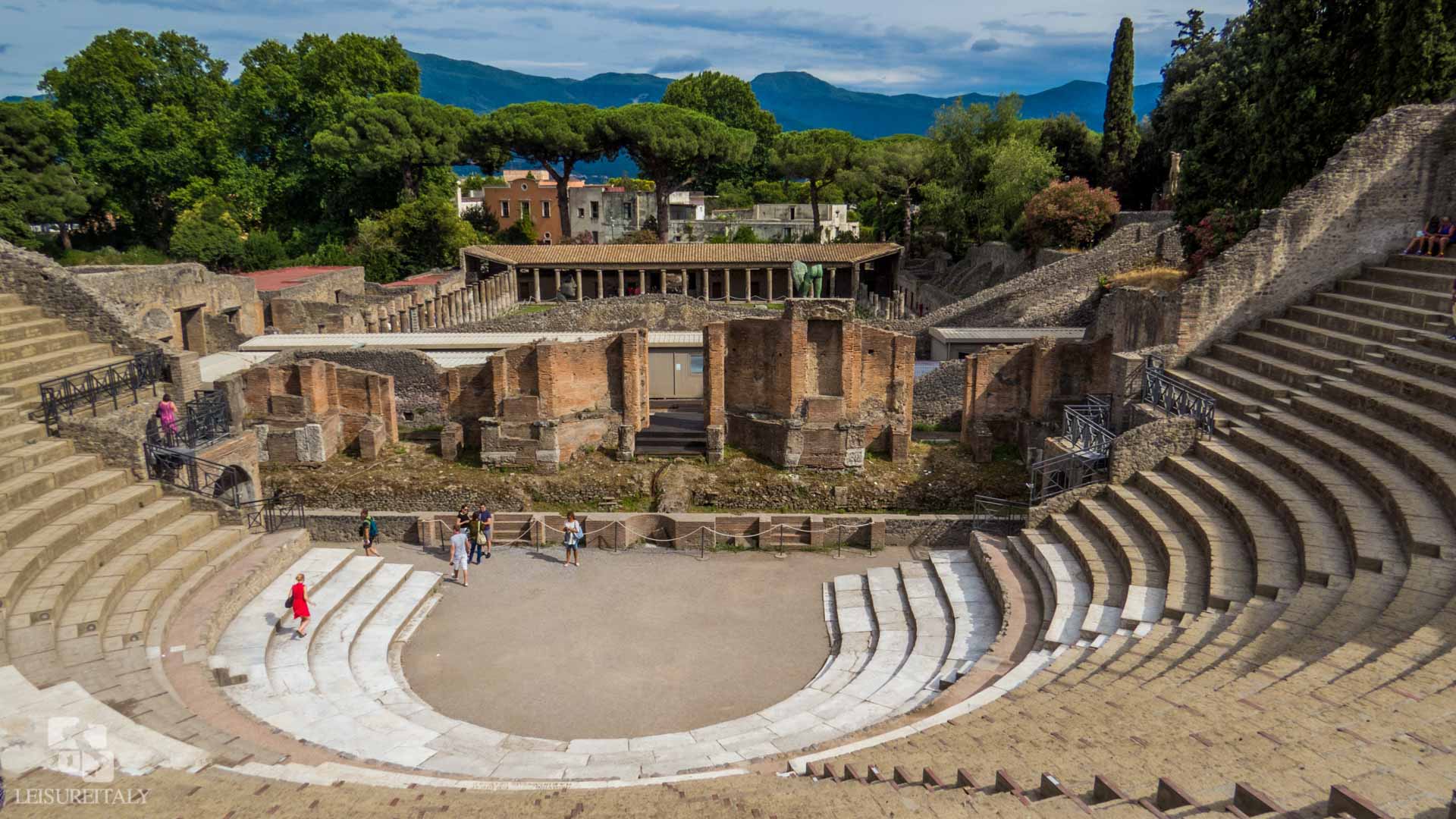
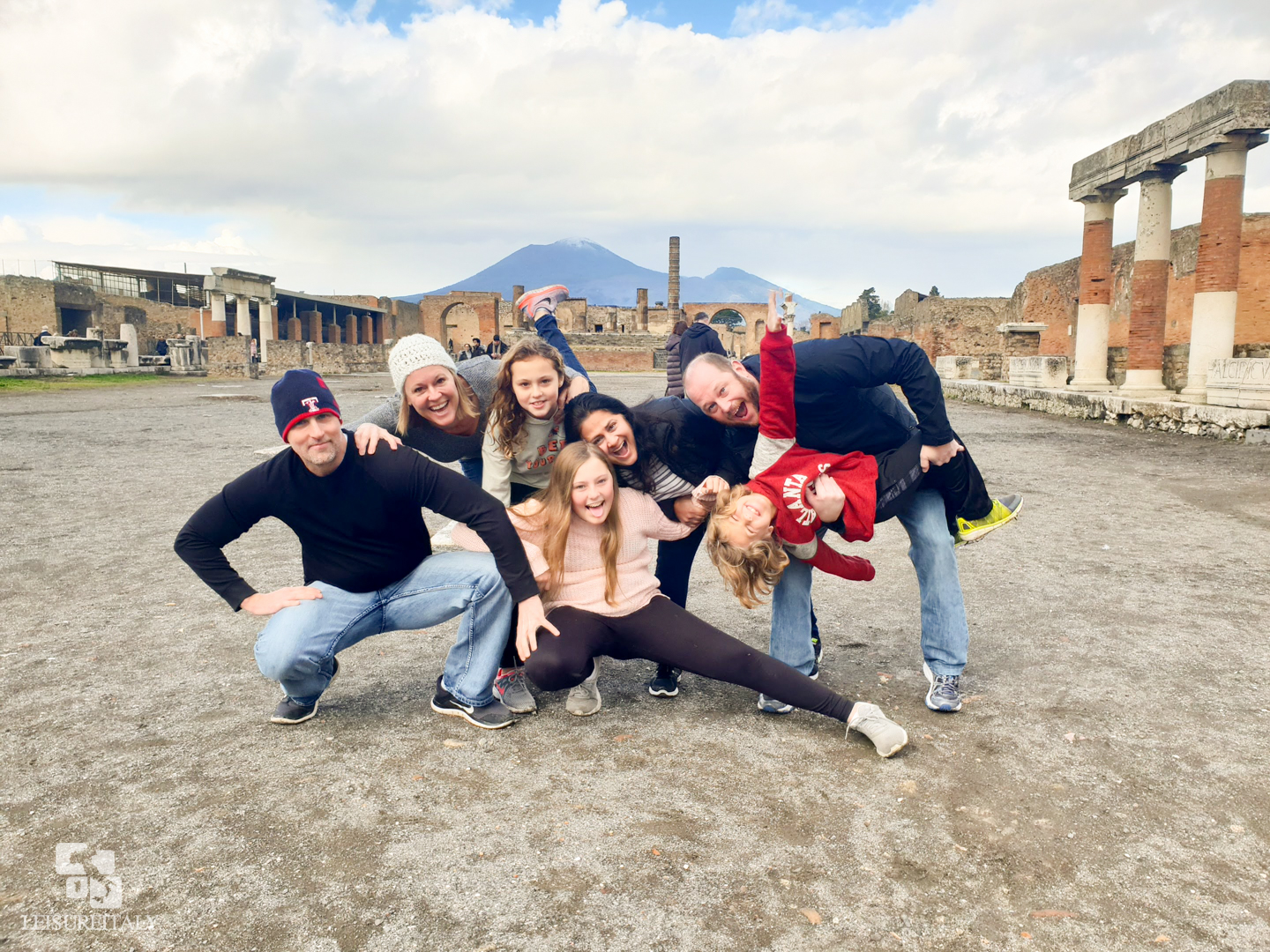
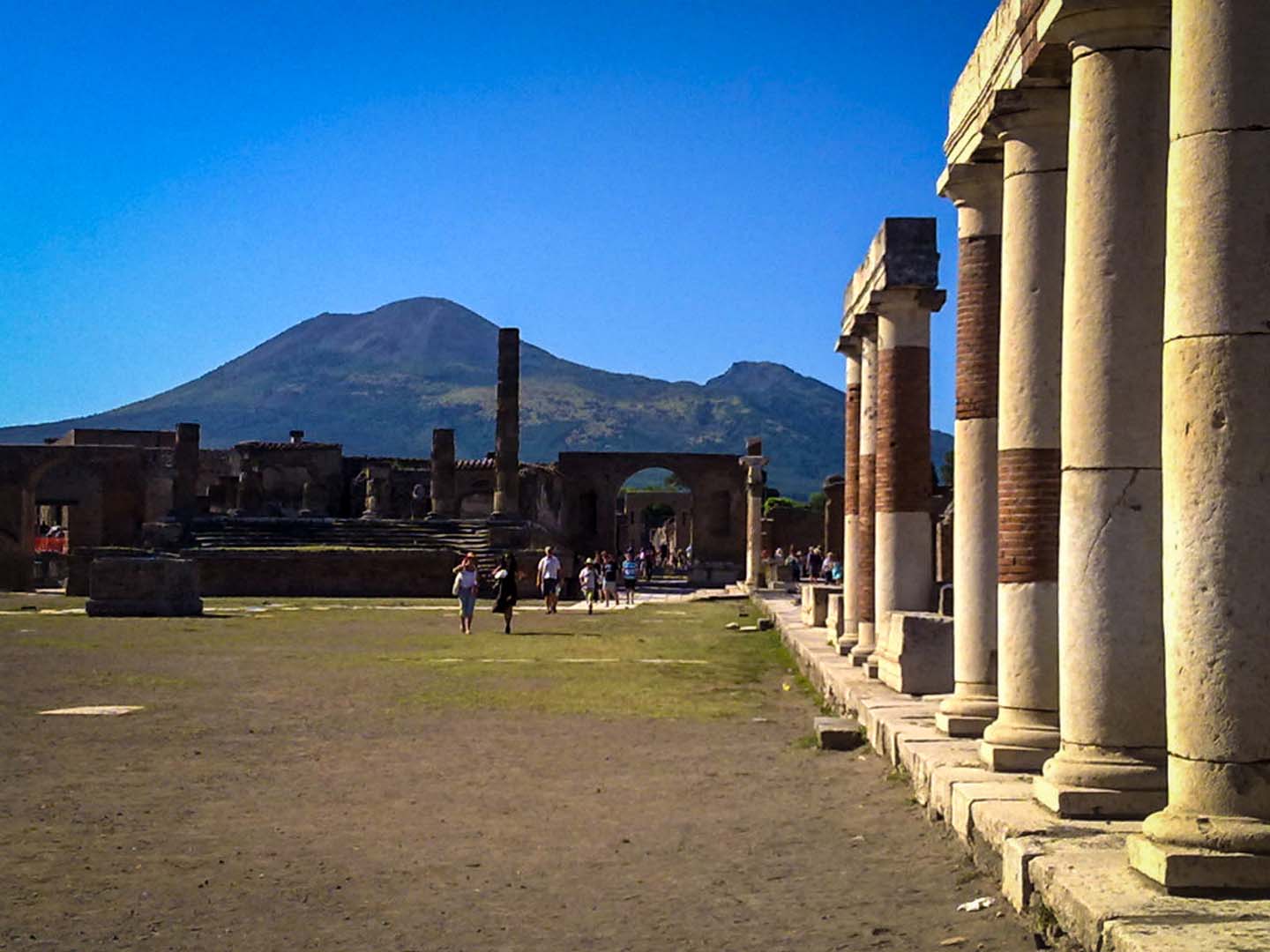
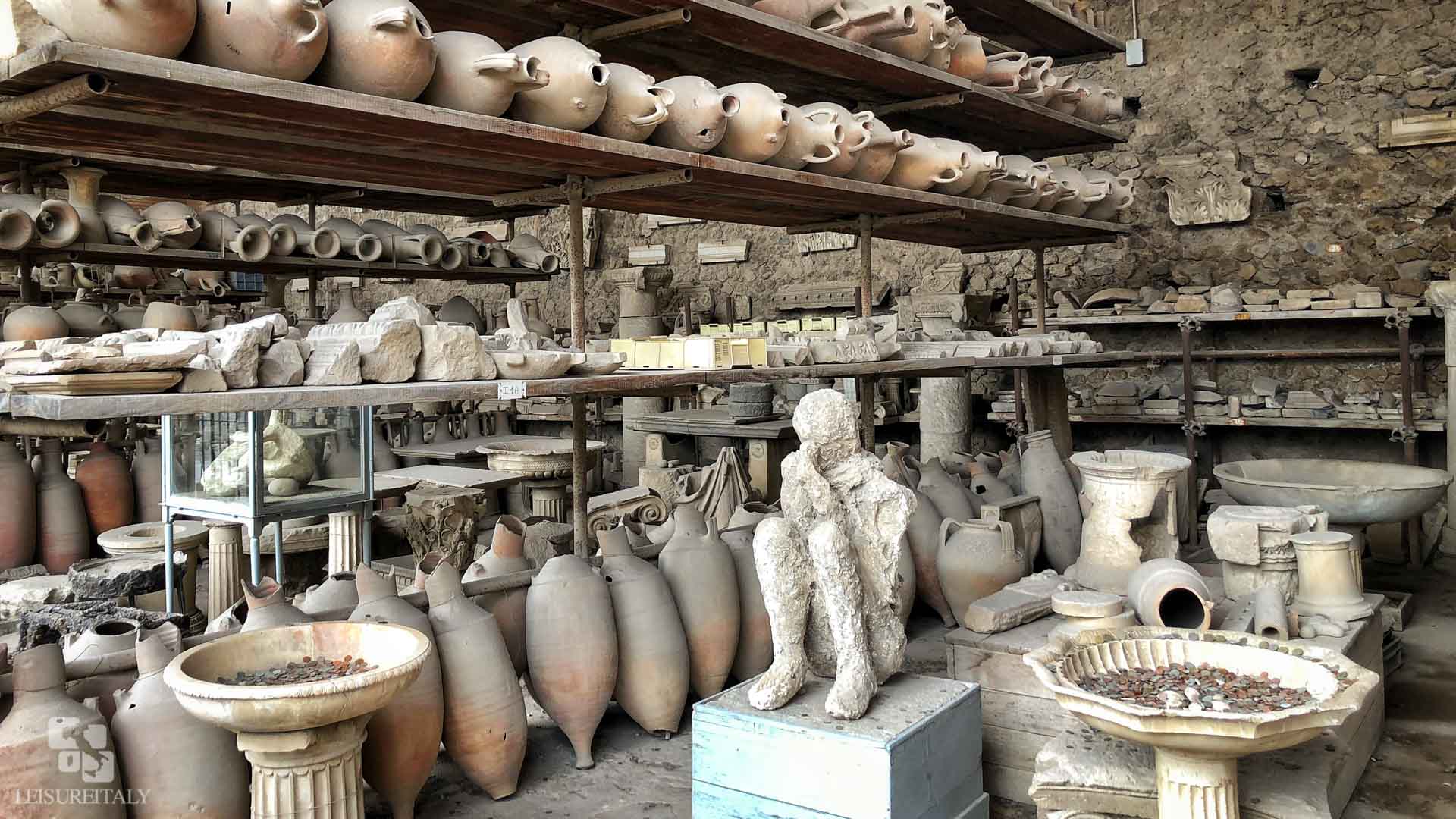
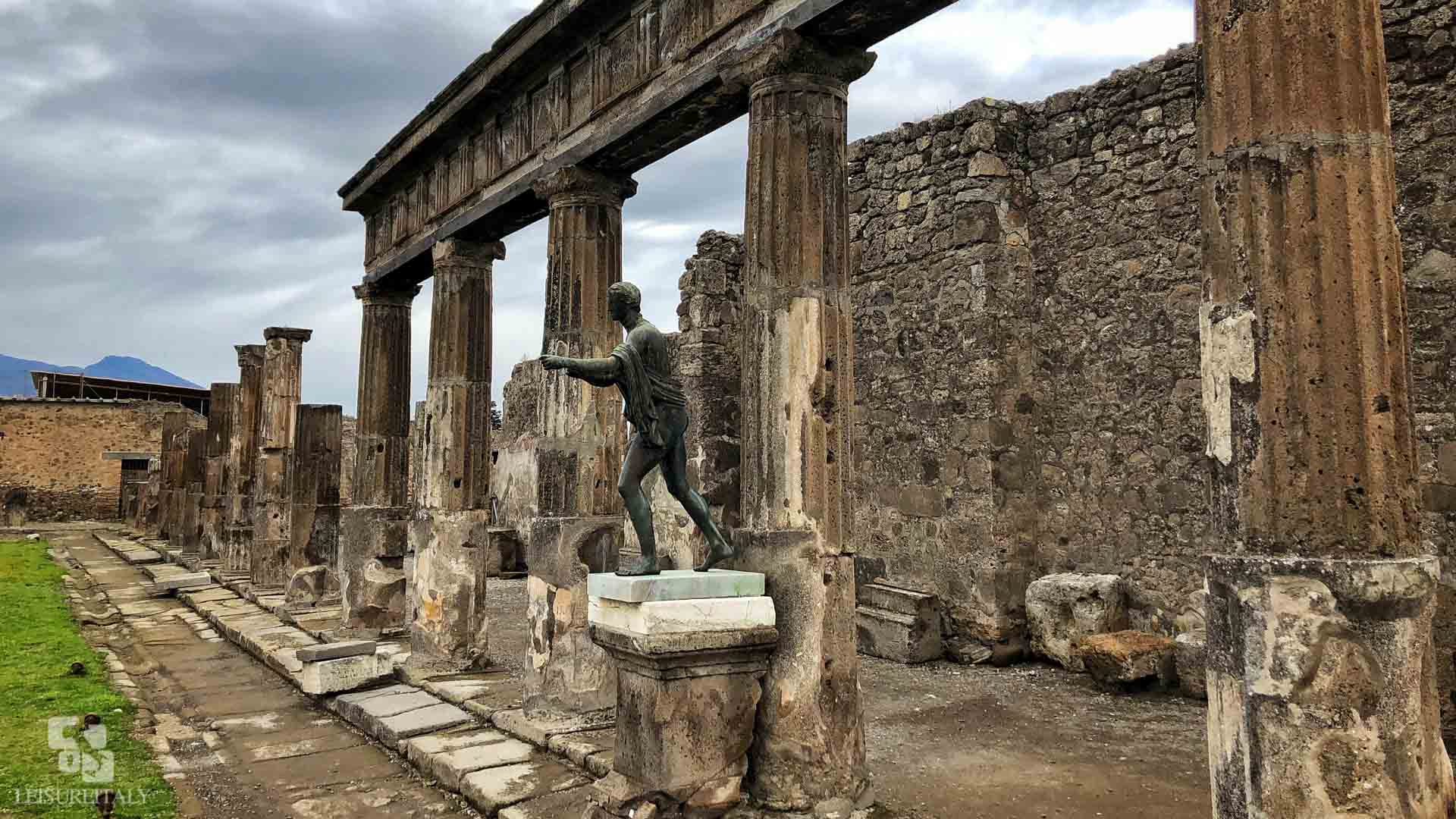
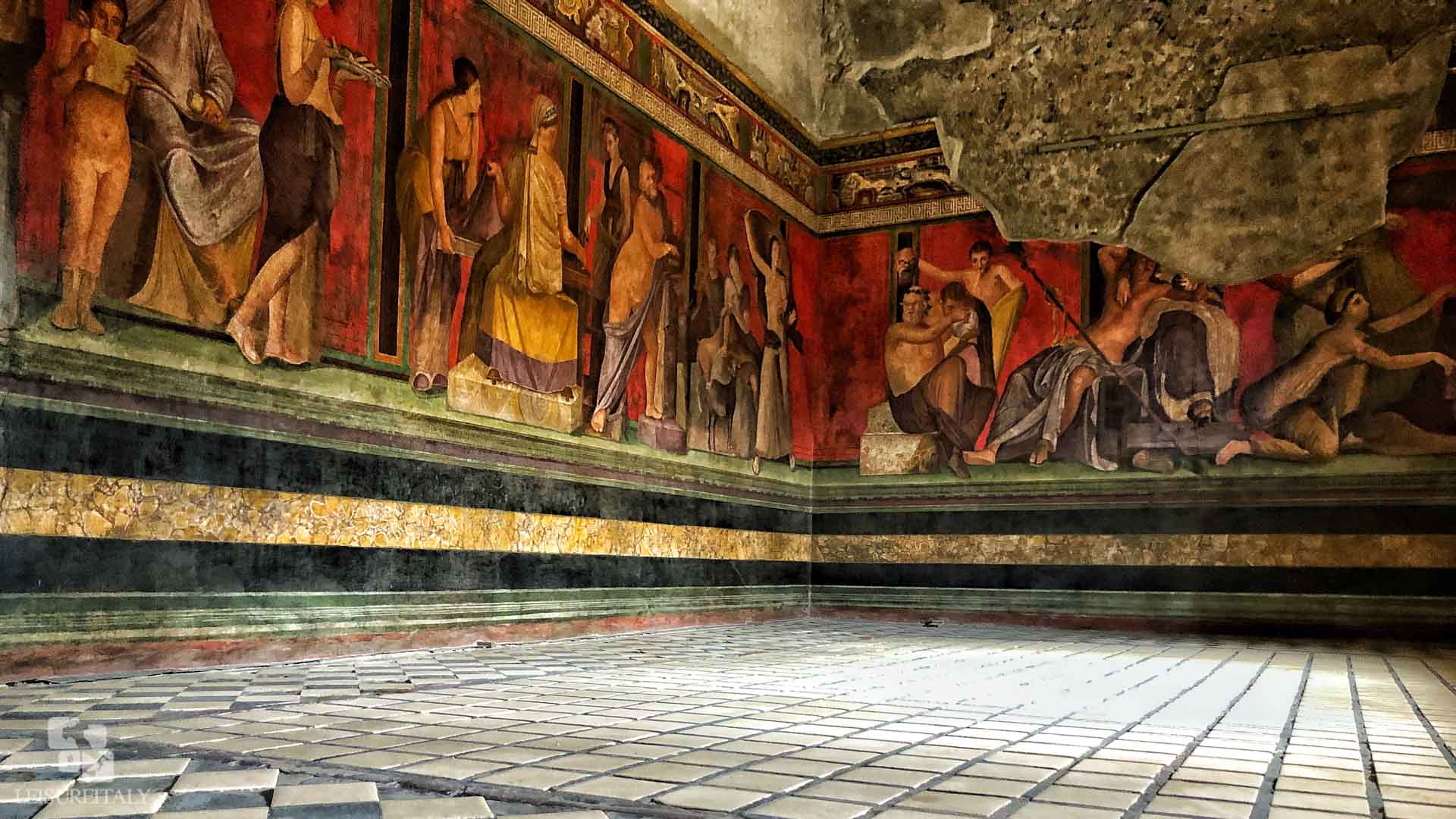
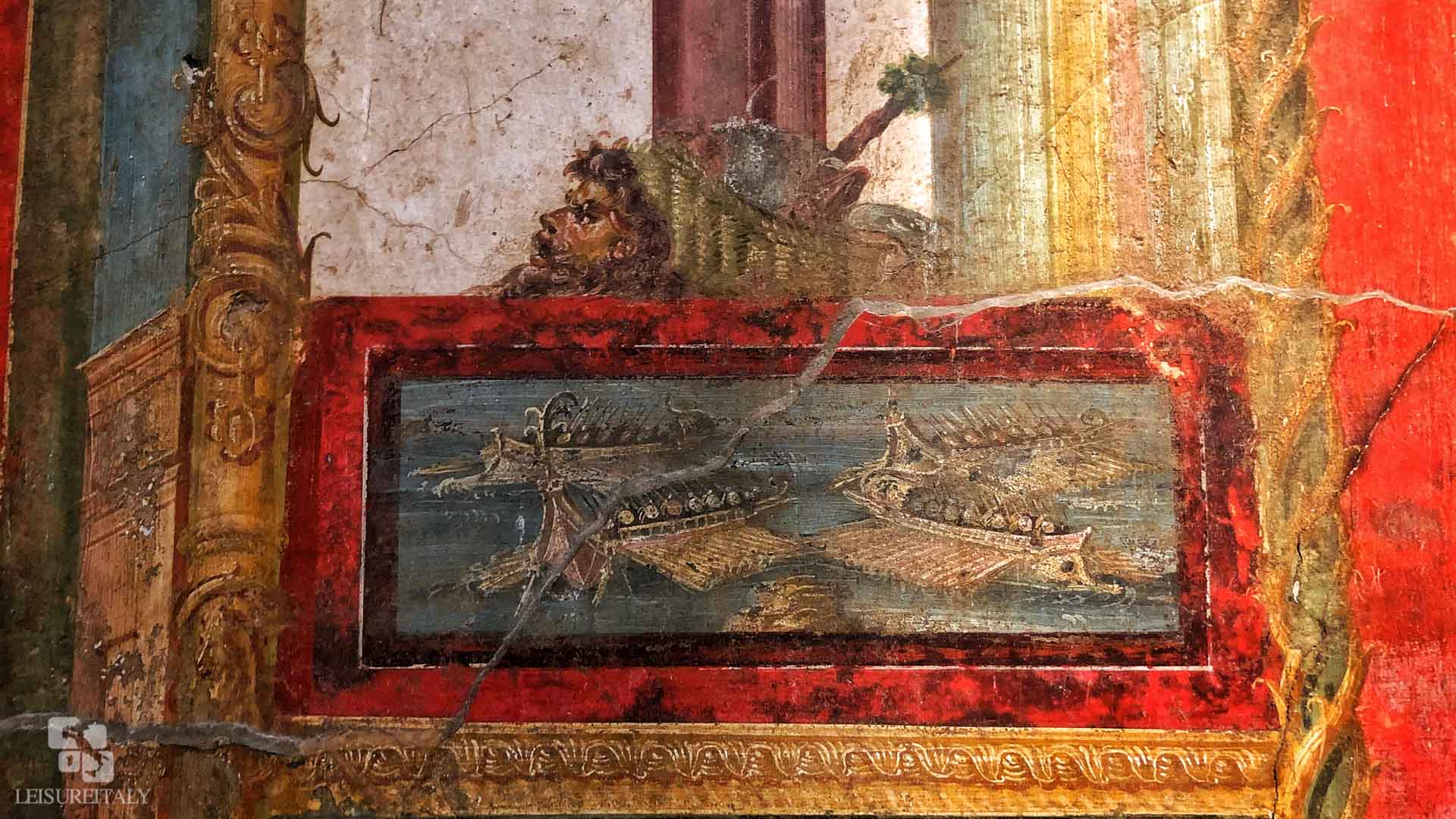
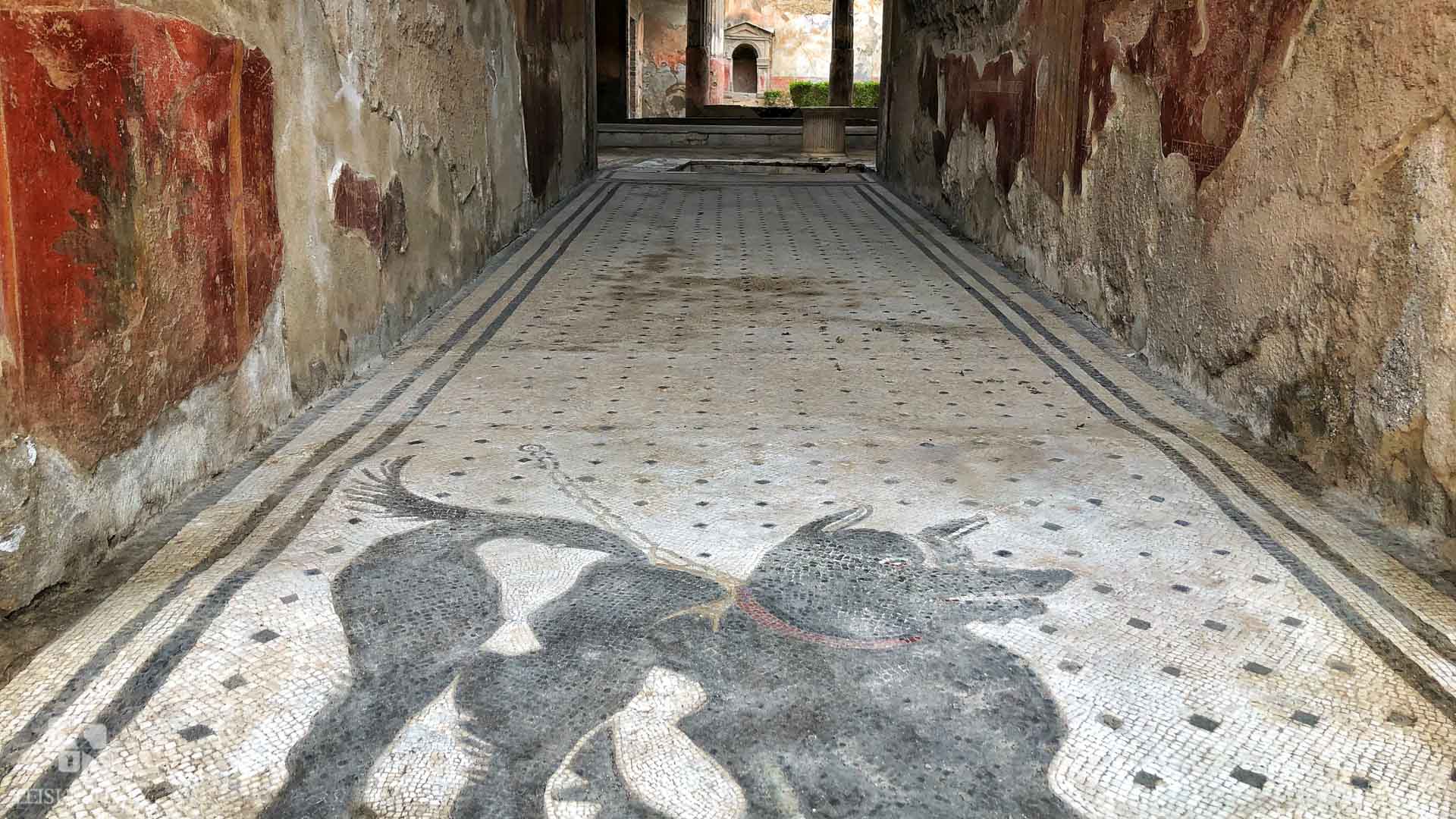
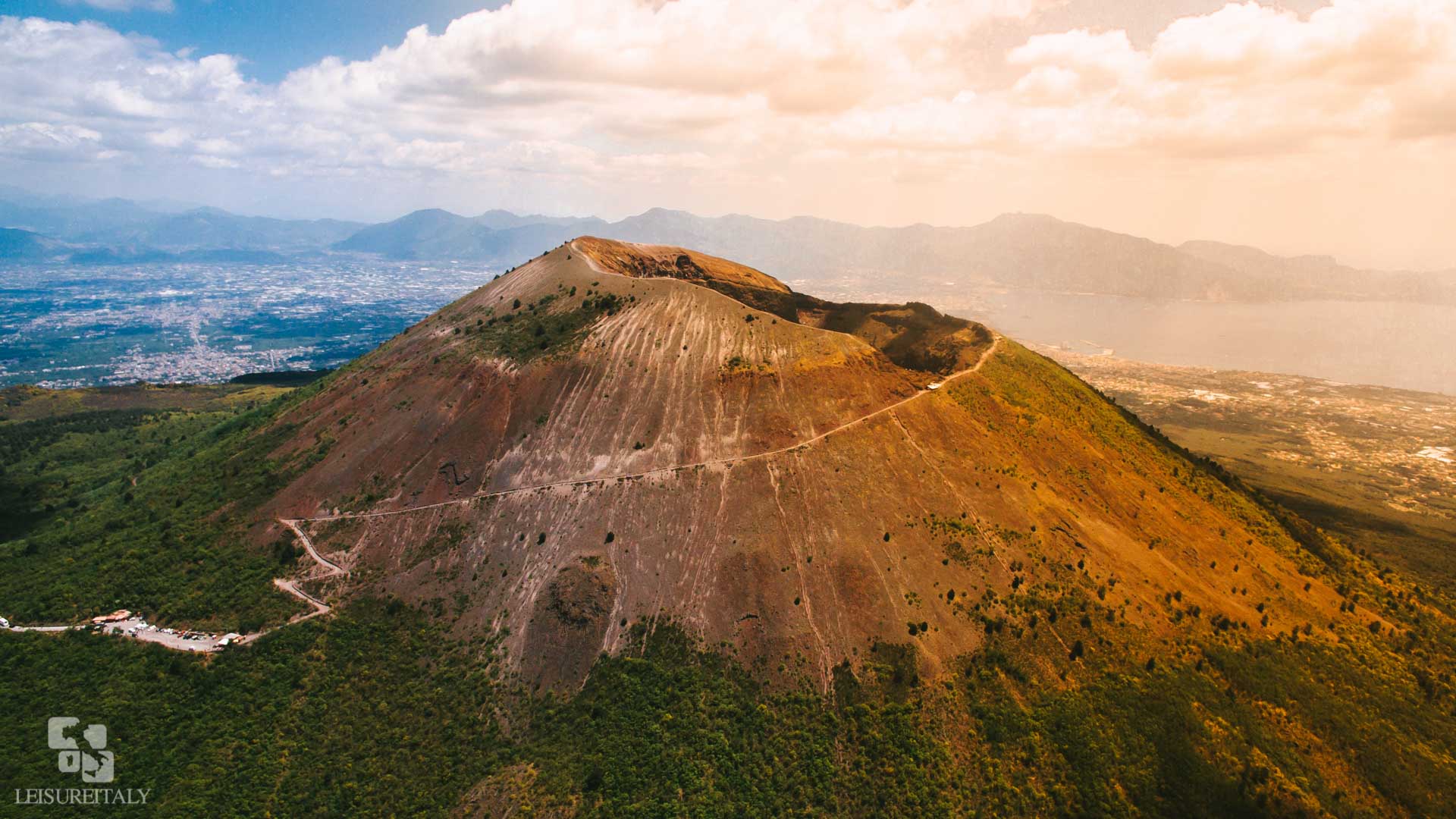
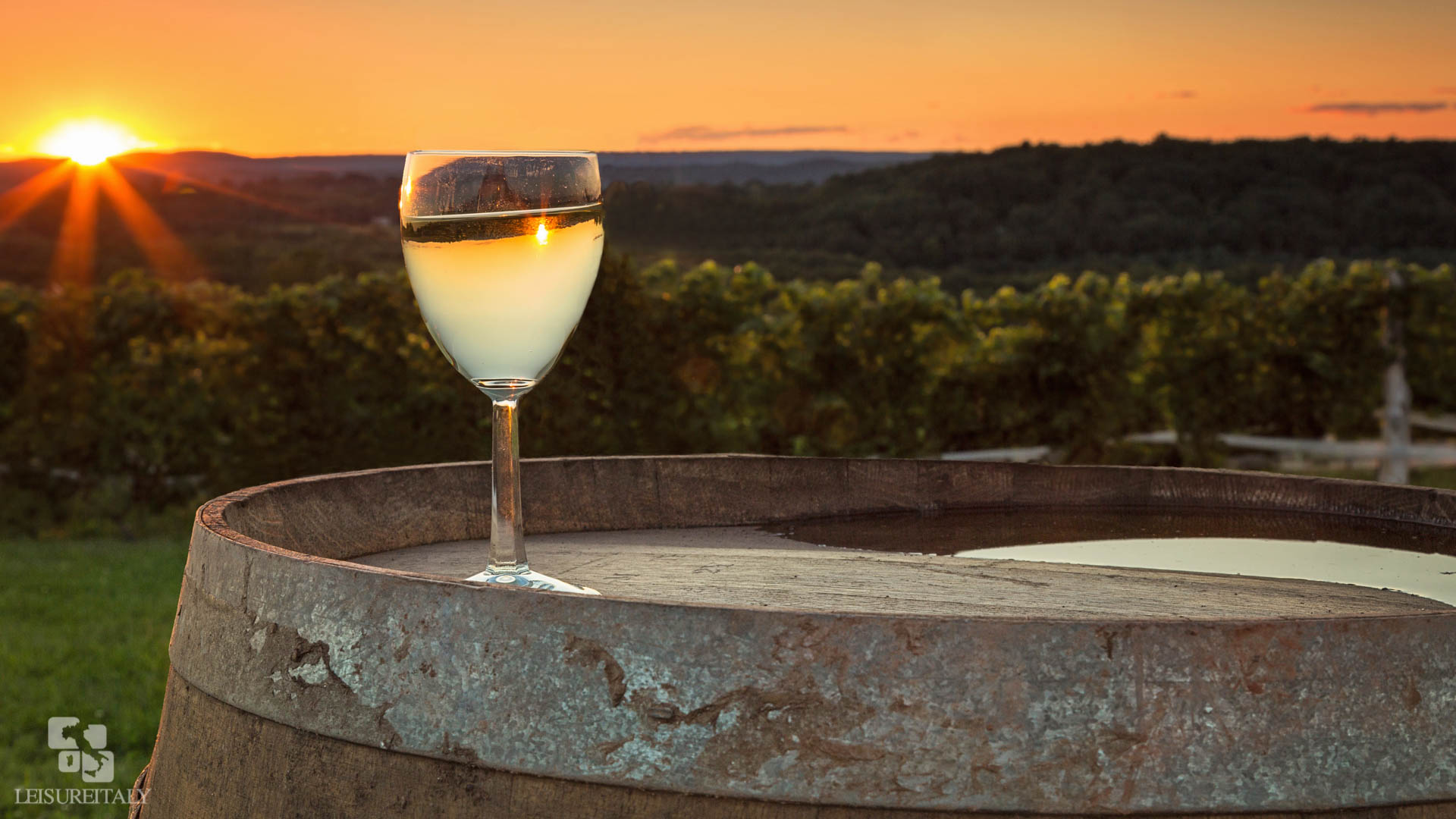
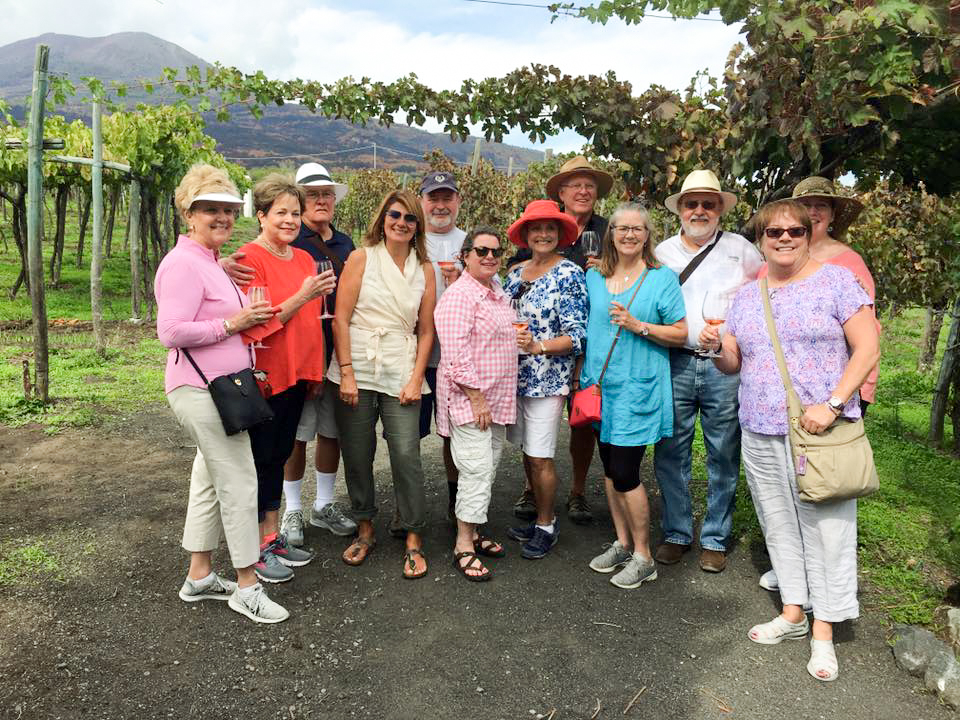
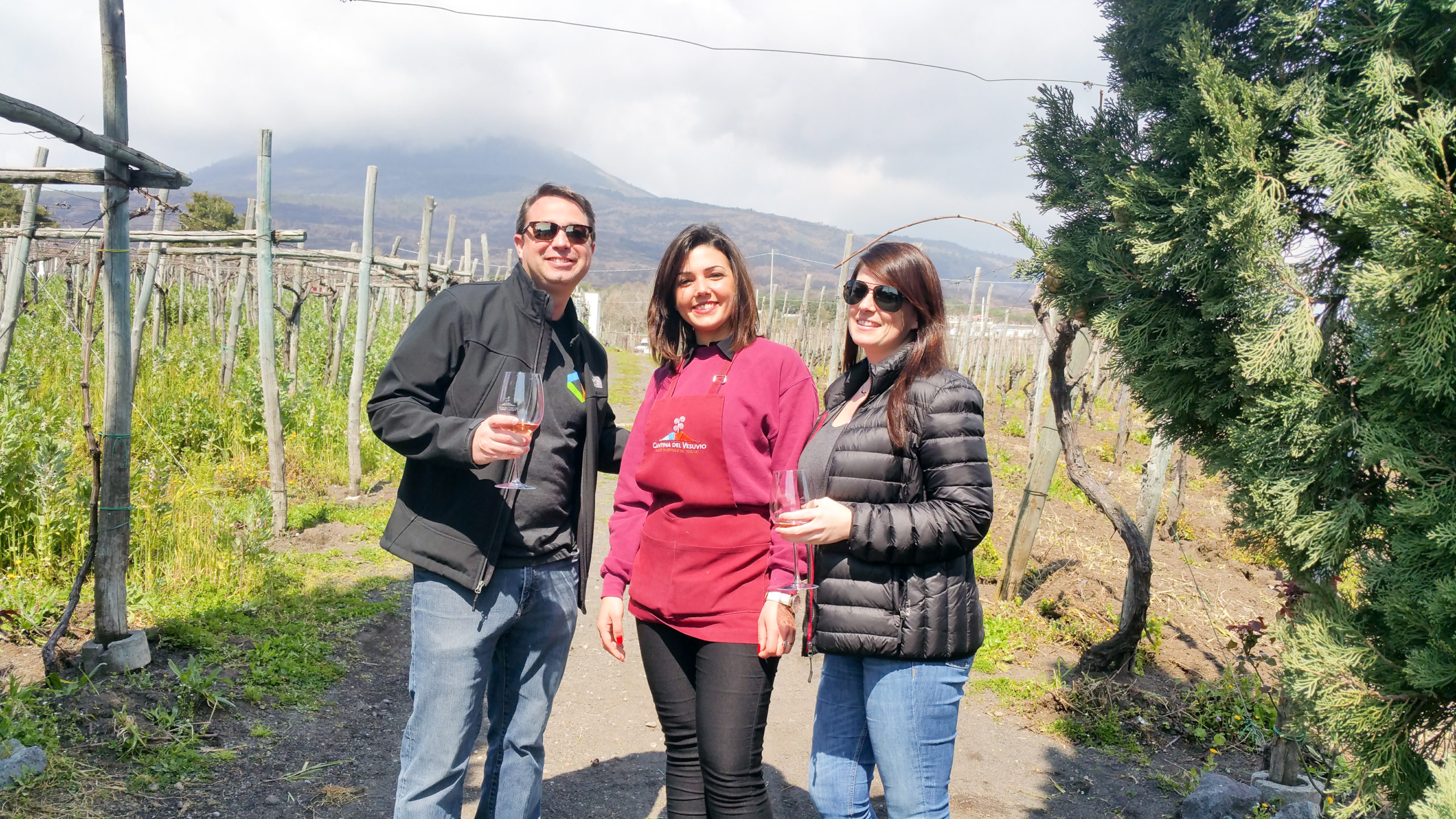
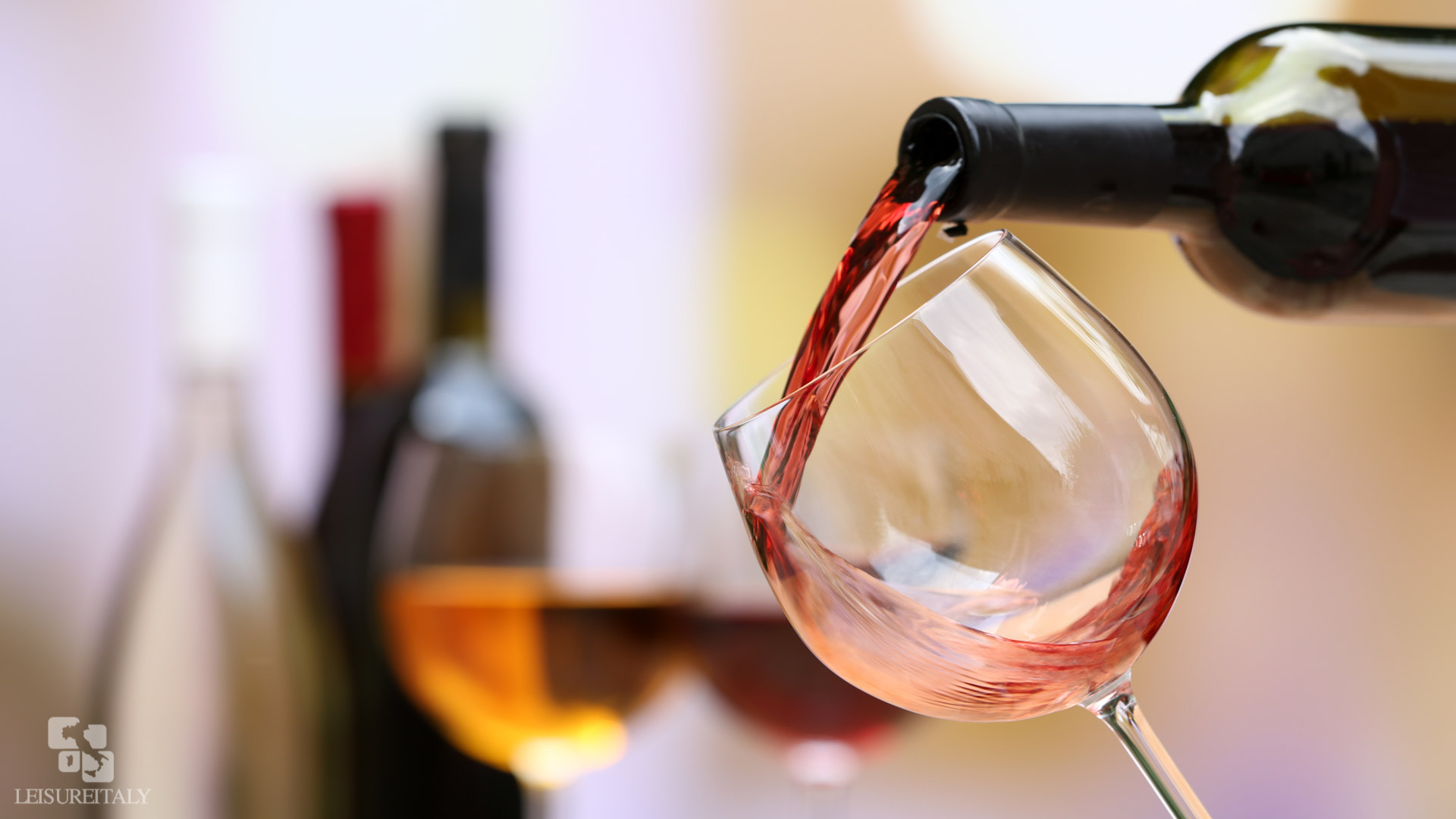
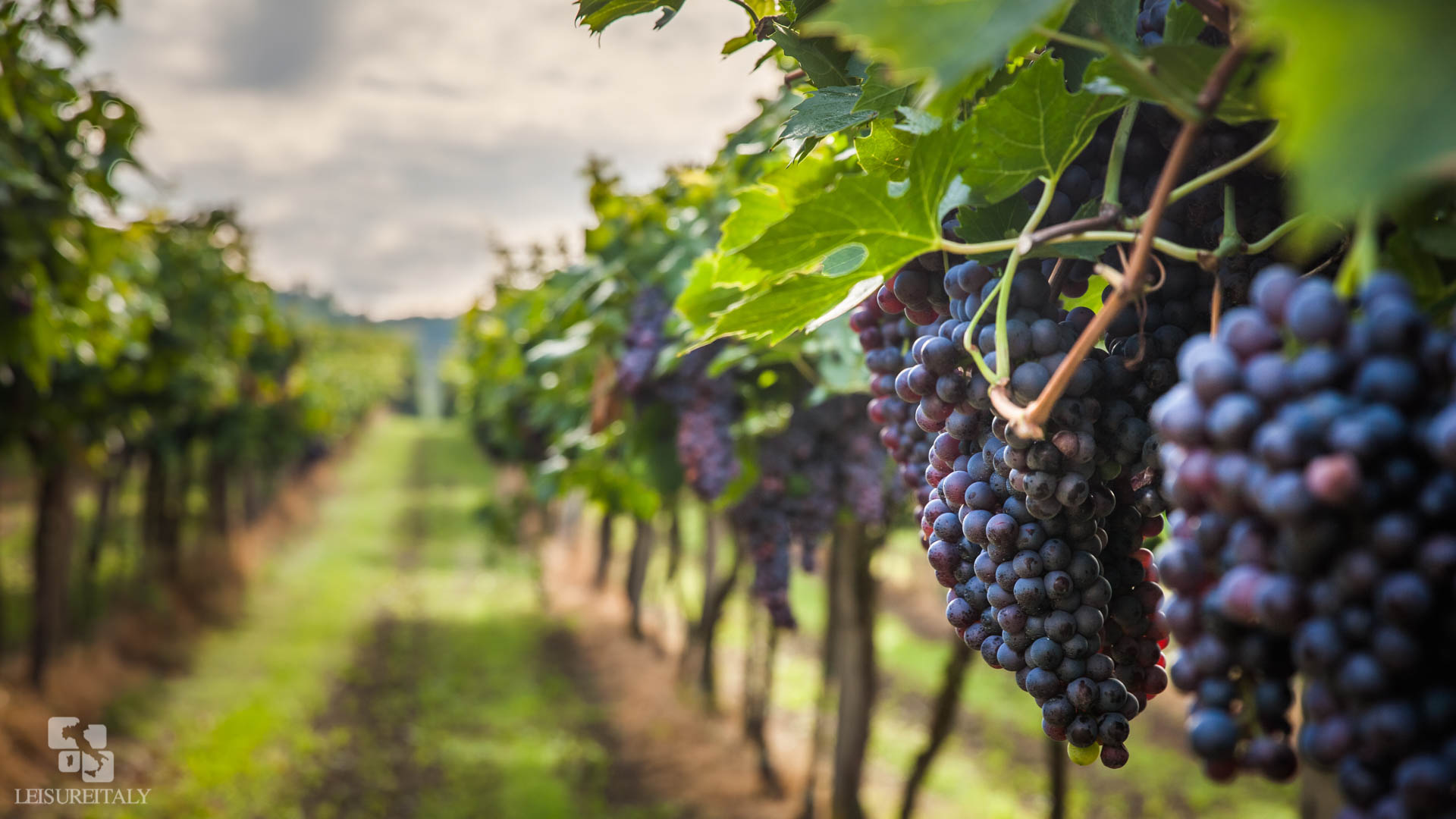
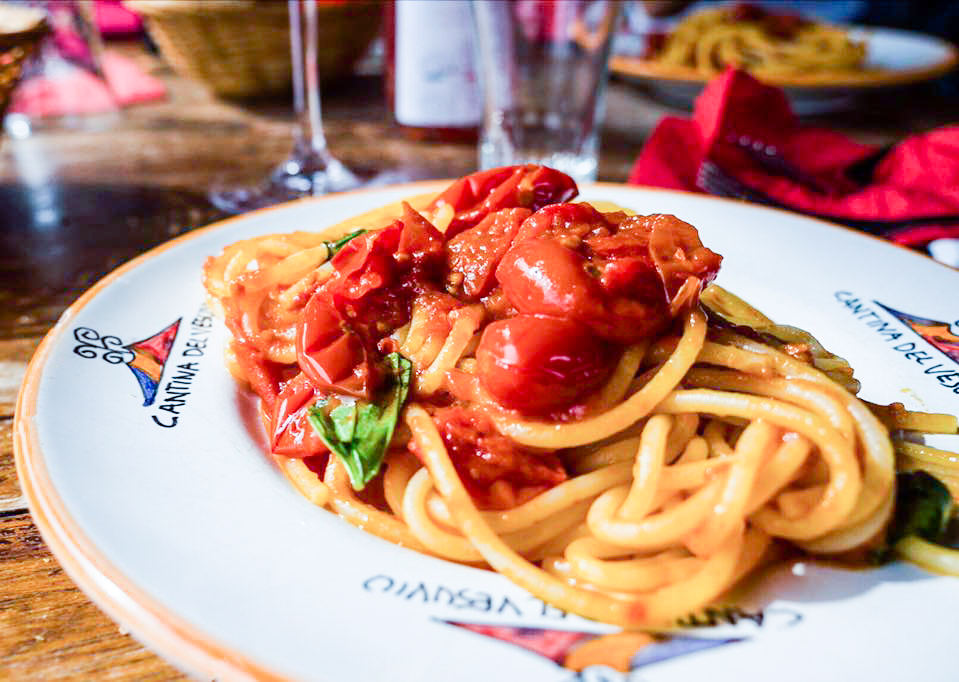
Tour Reviews
Highly recommend this tour operator. We did a private tour for a large goup (more than 10) with Fabrizio. The group had a diverse list of things they wanted to see and he was extremely flexible while still providing an excellent tour. He is extremely knowledgeable and entertaining. We visited Pompeii, Mt. Vesuvius winery, the Museo Archeologico Nazionale di Napoli, and a Camio factory. He also provided excellent recommendations for those of us that stayed longer in Napoli. Would highly recommend this tour!